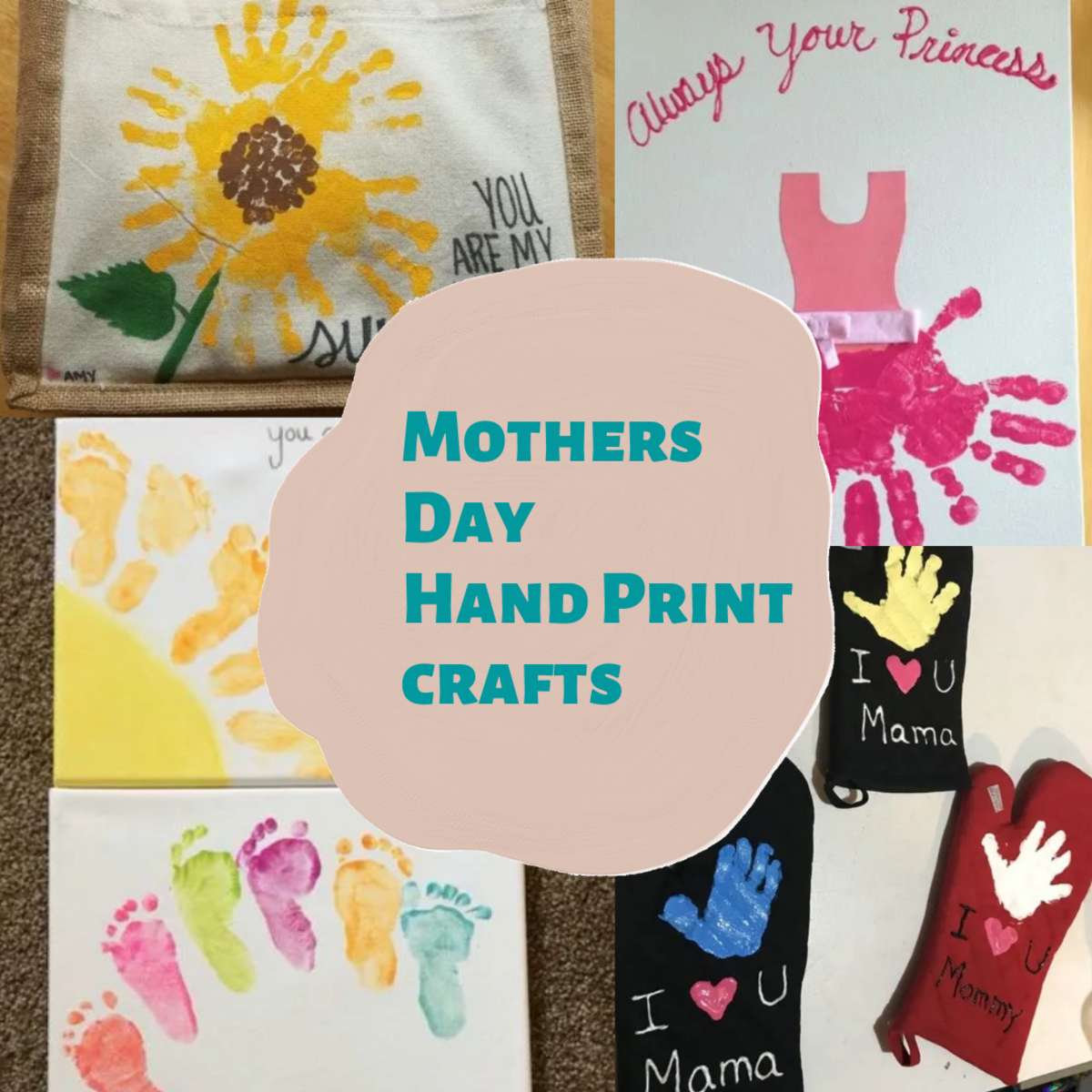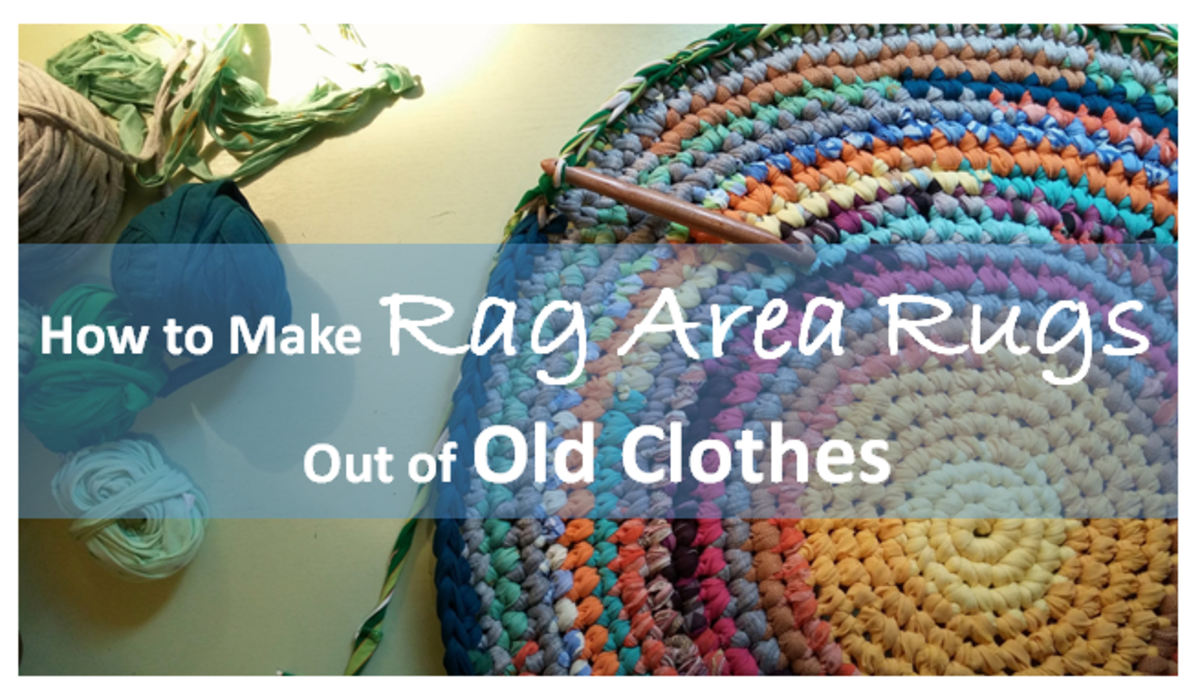Medieval Books
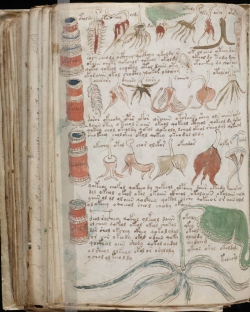
How to make a Medieval Book
Which do you think is easier to carry around in your arms? An armful of scrolls - that have the tendency to fall out? Or a neat stack of books? You would probably go for the books, right?
Well, so did the christians.
This picture is an excellent example of a medieval book. It is in fact the Voynich manuscript which has been dated to the early 1400's shortly before Gutenburg's printing press was invented. The original manuscript is now at the Beinecke Rare Book and Manuscript Library at Yale University.
Picture Source - Wikimedia Commons License

Why a book? Why not a scroll?
How did the book develop?
In the early years of the christian church (the first 4 to 500 years of our common era), church writings began showing up more in the codex format rather than in scroll format. By the 5th century CE, the scroll format had practically died out. Most especially after the last scrolls from the Great Library of Alexandria were destroyed.
The first steps to making a book is to prepare the writing material or parchment. Then after the parchment pages are made, the pages are written on and the illuminations are added.
Finally the written pages (also known as quires or gatherings) are gathered up, placed into the correct order and sewn into a binding. Lastly the cover is added. This is just a brief overview of the process of making a medieval books.
For this lens, I will go into detail into making the parchment vellum and in binding the book together.
A codex is a book. The Voynich manuscript pictured above, is actually a codex, or a book.
Interesting books about Medieval Books and Calligraphy
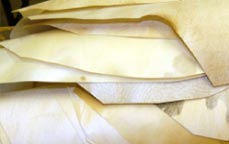
Vellum Paper
Animal skins are divided into 2 parts. The outer skin - the epidermis is where the hair, fur or wool grew. That is usually used for leather. And then there is the lining. The delicate but durable inner skin that is used for vellum or parchment.
Steps to prepare vellum parchment
1 - Choose a good quality skin - one with no ticks or diease or scars (if at all possible). The colour of the skin also determined the finished colour of the vellum as well.
2 - The skins are washed and then placed in wooden or stone vats of lime water for 3 to 10 days and stirred at least once daily.
3 - The slippery skins are removed from the lime water and placed - with the hair side facing outwards - over a large curved wooden surface. The skin is then scraped to remove all the hair or wool. Sometimes that outer layer of skin is also removed.
4 - The skin is washed in clear running water for 2 days to remove the lime
5 - The skin is then removed from the water and stretched on a frame. It will shrink and become tighter as it dries out.
6 - When the skin is dry and tight, it is removed from the frame, and rolled up to be stored or sold.
Vellum paper is very durable and it can easily last for centuries. It is not unknown for vellum to last 1000 years or more.
The word Parchment comes from the ancient city of Pergamum where Pliny stated that King Eumenes in the 2nd century BCE, invented parchment from animal skins after a trade blockade meant that there was no more papyrus coming from Egypt.
Strictly speaking the word Vellum is parchment made specifically and ONLY from the skin of cows or calves. Vellum comes from the latin word vitellus meaning calf. This is the same origin as the french word veal. But these days the words vellum and parchment are interchangeable and vellum is now used in reference to parchment made from any animal skin - such as cows, calves, sheep, lamb, deer and goats.
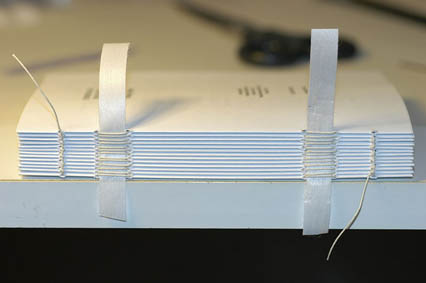
How to make a book
Before the printing press
The vellum sheets are folded and cut into the required sizes, written upon and then gathered into the correct order. Holes are punched close to the folds of the signatures with awls. The folds of the signatures are placed in a sewing frame to hold them tight and there the signatures are sewn together. Finally the cover is glued on over the spine and voila, a new book is complete.
While I have made it seem that bookbinding is a fast and easy process, it is NOT fast by any means. The book binder must have a lot of patience. He (or She) can only make one book at a time. The sewing process where the signatures are sewn together, is the most lengthy and time consuming part of this process. (see video below for details)
Books about book making
Traditional Book Binding
A Degree of Mastery - Annie Tremmel Wilcox
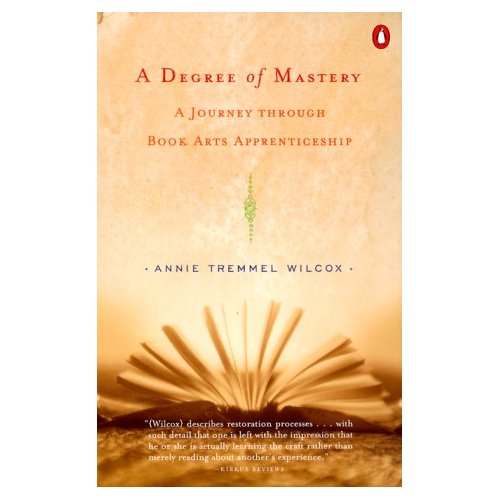
Book Binding and other Book Arts (such as conservation) are fast becoming very specialised careers and may even become lost arts if the modern world insists on transferring the written word to disc and to the internet. But much of our history comes from books and if we want to keep our history, we must keep the books.
Annie Tremmel Wilcox completed a 5 year apprenticeship as a book binder with the Centre for the Book in Iowa. Her own book about her personal journey through her apprenticeship was published in 1999. I enjoyed this book very much. This picture is the first edition cover (and the cover I currently own). The newer editions show a different cover.
You can read my reviews on Annie's book on my blog.





